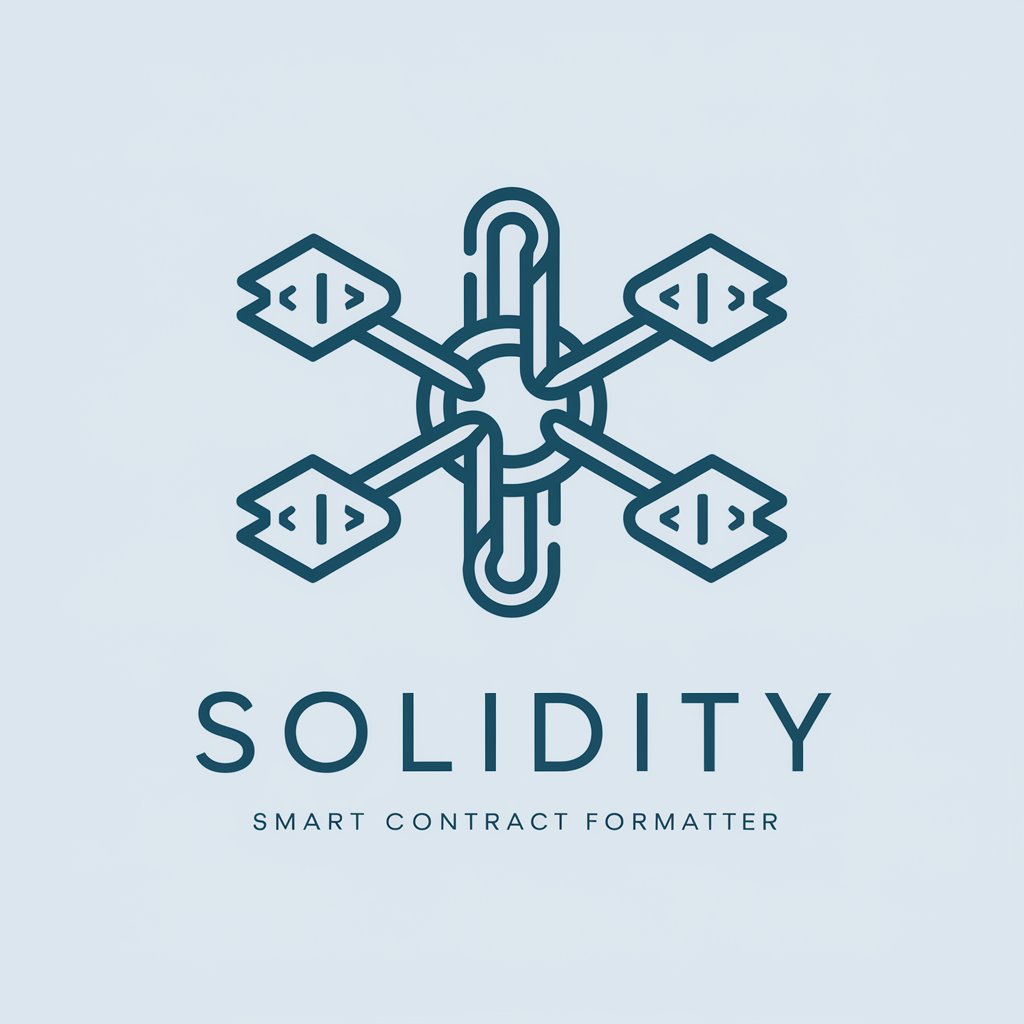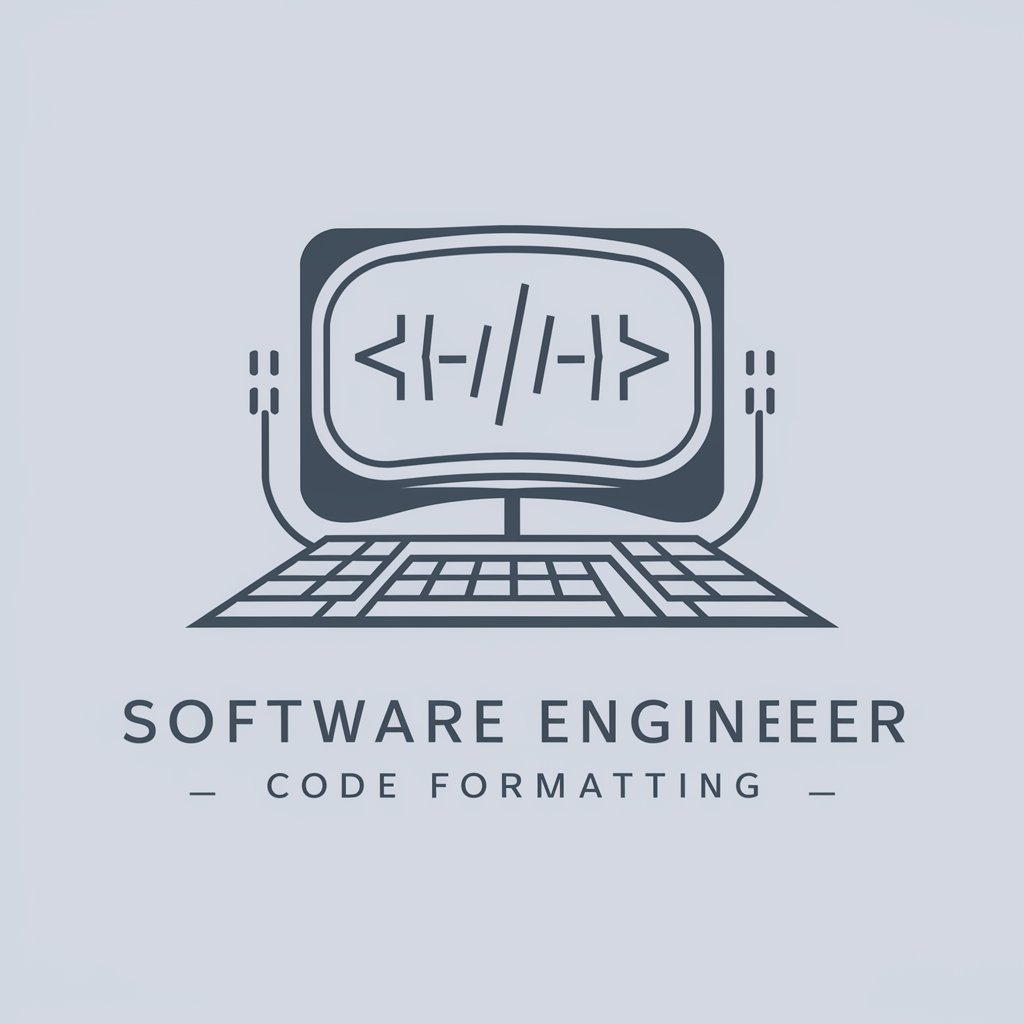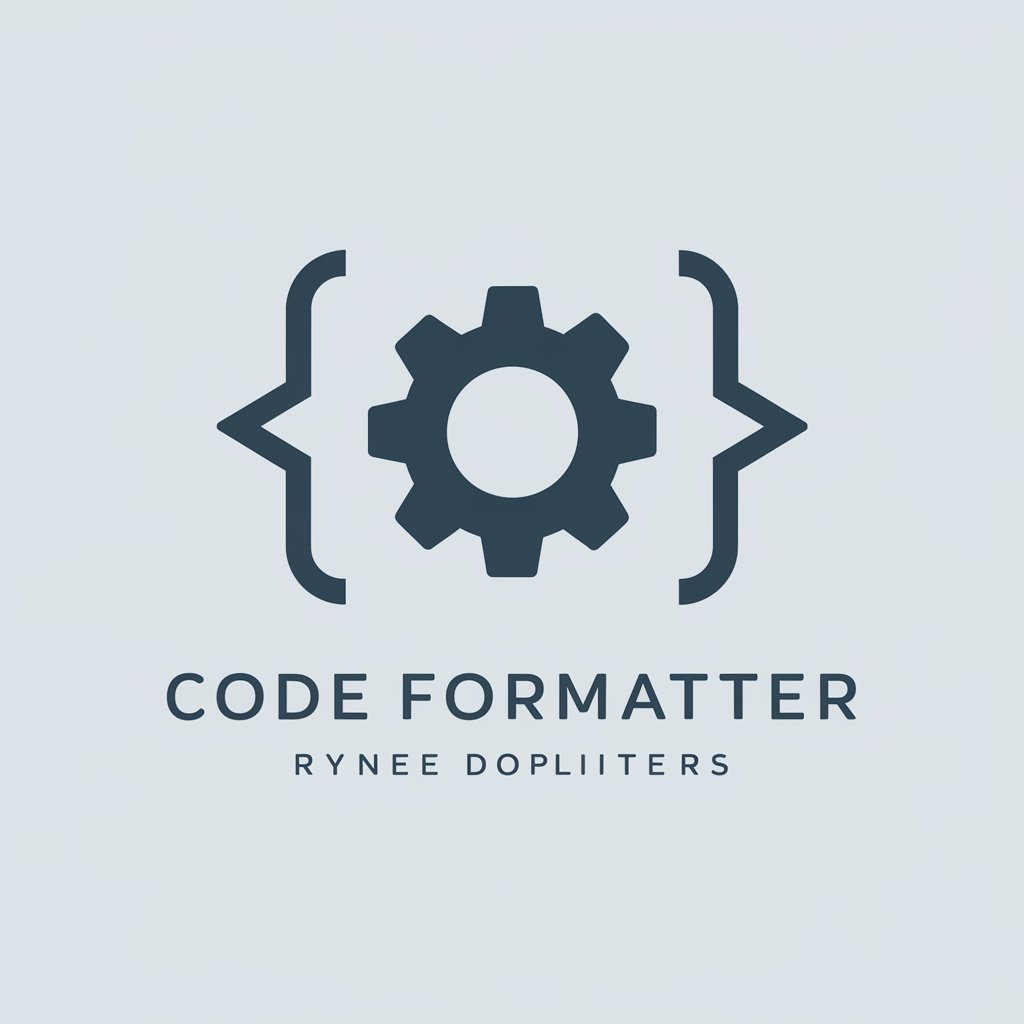
Solidity Smart Contract Formatter - Solidity Code Formatter & Optimizer

Hello dev, how can I assist you with your Solidity smart contract today?
Enhancing Smart Contract Security & Efficiency
Could you help me identify potential vulnerabilities in this Solidity contract?
What's the best practice for optimizing gas usage in smart contracts?
How can I implement access control mechanisms in my Solidity contract?
Can you provide a secure and efficient example of a Solidity function?
Get Embed Code
Introduction to Solidity Smart Contract Formatter
The Solidity Smart Contract Formatter is a specialized tool designed to enhance the development, security, and efficiency of smart contracts written in the Solidity language. Its primary purpose is to offer developers in-depth analyses, optimizations, and formatting suggestions tailored to Solidity's unique landscape. By leveraging advanced programming concepts, security patterns, and gas optimization techniques, it assists developers in crafting contracts that are not only secure against potential vulnerabilities but also optimized for cost-effective deployment and execution on the Ethereum Virtual Machine (EVM). For instance, it can automatically identify and suggest fixes for common security flaws like reentrancy, improper access control, and gas inefficiencies, while also offering structural improvements for better readability and maintainability. Powered by ChatGPT-4o。

Main Functions of Solidity Smart Contract Formatter
Security Vulnerability Analysis
Example
Identifying and suggesting mitigations for reentrancy attacks in a decentralized finance (DeFi) application.
Scenario
In a lending contract, the formatter can detect functions vulnerable to reentrancy and suggest implementing checks-effects-interactions patterns to prevent such attacks.
Gas Optimization Suggestions
Example
Recommending the use of `external` over `public` for functions that are only called externally, to save gas.
Scenario
In a token contract, changing certain public functions to external after analysis, thereby reducing the gas cost for transactions involving these functions.
Code Formatting and Structuring
Example
Applying consistent naming conventions and organizing contract elements for better readability.
Scenario
For a complex multi-contract system, ensuring all contracts follow Solidity style guides and logically grouping related functions and variables.
Upgradeability Advice
Example
Guidance on making contracts upgradeable using proxy patterns, ensuring long-term maintainability.
Scenario
Advising a game development company on structuring their game logic and state storage contracts to be easily upgradeable without disrupting the game's operations.
Ideal Users of Solidity Smart Contract Formatter
Blockchain Developers
Developers specializing in the creation and deployment of smart contracts who are looking to enhance the security, efficiency, and readability of their code. They benefit from comprehensive analyses that pinpoint vulnerabilities, suggest optimizations, and enforce best practices.
Auditors and Security Experts
Professionals tasked with auditing smart contracts for security flaws and vulnerabilities. The tool offers them automated insights and detailed reports on potential issues, facilitating a more thorough and efficient audit process.
Educators and Trainers
Individuals or organizations involved in teaching Solidity and smart contract development. The formatter serves as an educational tool to demonstrate best practices, common pitfalls, and optimization strategies in contract design and implementation.
Decentralized Application (dApp) Developers
Teams and individuals building decentralized applications on blockchain platforms. They require optimized and secure smart contracts as the backbone of their applications, making the formatter's services crucial for their development process.

How to Use Solidity Smart Contract Formatter
Begin Your Journey
Start by accessing yeschat.ai for a complimentary trial, no account creation or ChatGPT Plus subscription necessary.
Select Your Template
Choose from a variety of pre-defined smart contract templates that suit your project's needs or start with a blank canvas.
Input Your Code
Paste your Solidity smart contract code into the formatter. Ensure your code is syntactically correct for accurate analysis.
Apply Formatting
Utilize the tool's features to format your code for improved readability, security, and efficiency. Adjust settings as necessary.
Review & Implement Suggestions
Analyze the formatter's feedback on security enhancements and optimization. Implement the recommended changes to your smart contract code.
Try other advanced and practical GPTs
Tech Speak Translator
Simplifying tech speak, powered by AI

Sage Wisdom
Enlightening insights at your query.

Meme Master
Craft personalized memes effortlessly

Styled Spaces
Transform spaces with AI-powered design

Cartoonist漫画家
Bringing Stories to Life with AI

John
Optimizing Dental Practices with AI

WeCrew's Trini Stale Joke Fridays Bot
Experience Trini humor with AI

Pillows Design Creator
Crafting Your Imagination Into Designs

Summary Scholar
Deep dive into literature with AI.

Midas
Empowering Teams with AI-Driven Trust Building

MiCA Advisor
Navigating MiCA Compliance with AI

MCAS Guide
Empowering MCAS Understanding with AI

Solidity Smart Contract Formatter Q&A
What is Solidity Smart Contract Formatter?
It's a specialized tool designed for formatting and optimizing Solidity smart contracts. It enhances readability, security, and efficiency, aiding developers in adhering to best practices.
How does the Formatter improve contract security?
By analyzing the code for common vulnerabilities and anti-patterns, offering suggestions to mitigate risks such as reentrancy, overflow/underflow, and improper access control.
Can it handle complex contracts with multiple dependencies?
Yes, the Formatter is equipped to analyze complex contracts, including those with multiple dependencies and libraries, offering tailored recommendations for each unique scenario.
Is there support for latest Solidity versions?
Absolutely. The tool continuously updates to support the latest Solidity versions, ensuring compatibility and adherence to the newest standards and security practices.
How can I optimize my contract's gas usage with this tool?
It provides detailed insights on optimizing code for gas efficiency, such as minimizing state changes, optimizing data storage, and employing efficient data types and structures.





